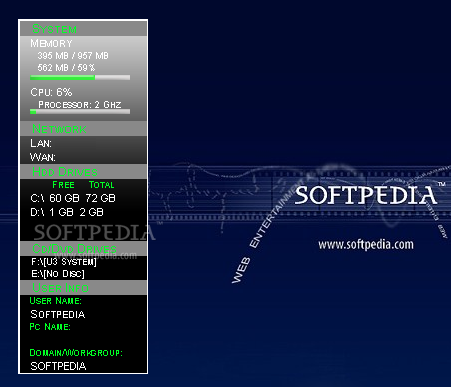
Simply, type resmon or resmon.exe into the address bar and press Enter. Thirdly, you can trigger Resource Monitor within Windows Explorer. Just open one of the command platforms like CMD, PowerShell, or Run dialog, input resmon or resmon.exe, and press Enter. Secondly, you can take advantage of a command line to run Resource Monitor. #1 Launch Resource Monitor Through Searchįirst of all, you can directly search Resource Monitor in Windows Search and run it from the best match.

File monitor for vista how to#
Next, let’s see how to get access to Win11 Resource Monitor. Read More How to Open Resource Monitor in Windows 11? TCP Connections and Listening Ports charts of Network Usage (separate for every adapter) and TCP Connections. #4 Networkĭisplays Processes with Network Activity. #3 Diskĭisplays Processes with Disk Activity and Storage charts of Disk Usage (KB/s) and Disk Queue Length. #2 Memoryĭisplays overall Physical Memory consumption and separate consumption of every Process charts of Used Physical Memory, Commit Charge, and Hard Faults/s. #1 CPUĭisplays column list of Processes, Services, Associated Handles, and Associated Modules charts of CPU usage, separate for each core. Generally, the Resource Monitor monitors 4 aspects. The counter setup (event tracing session) used by the Resource Monitor can offer to log as well.

It heavily leverages the Event Tracing for Windows (ETW) facilities – Event Viewer released since Windows 7. Resource Monitor was introduced in Windows Vista.

Resource Monitor is a system utility that displays information about the use of hardware (including CPU, disk, network, as well as memory) and software (file handles and modules) resources in real-time.


 0 kommentar(er)
0 kommentar(er)
